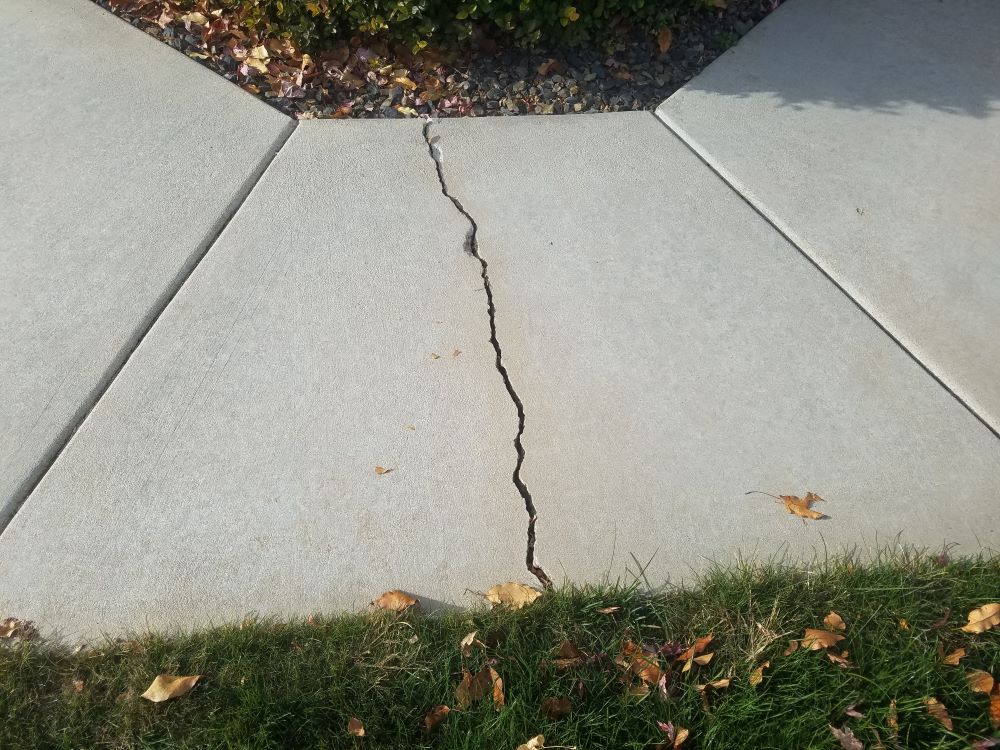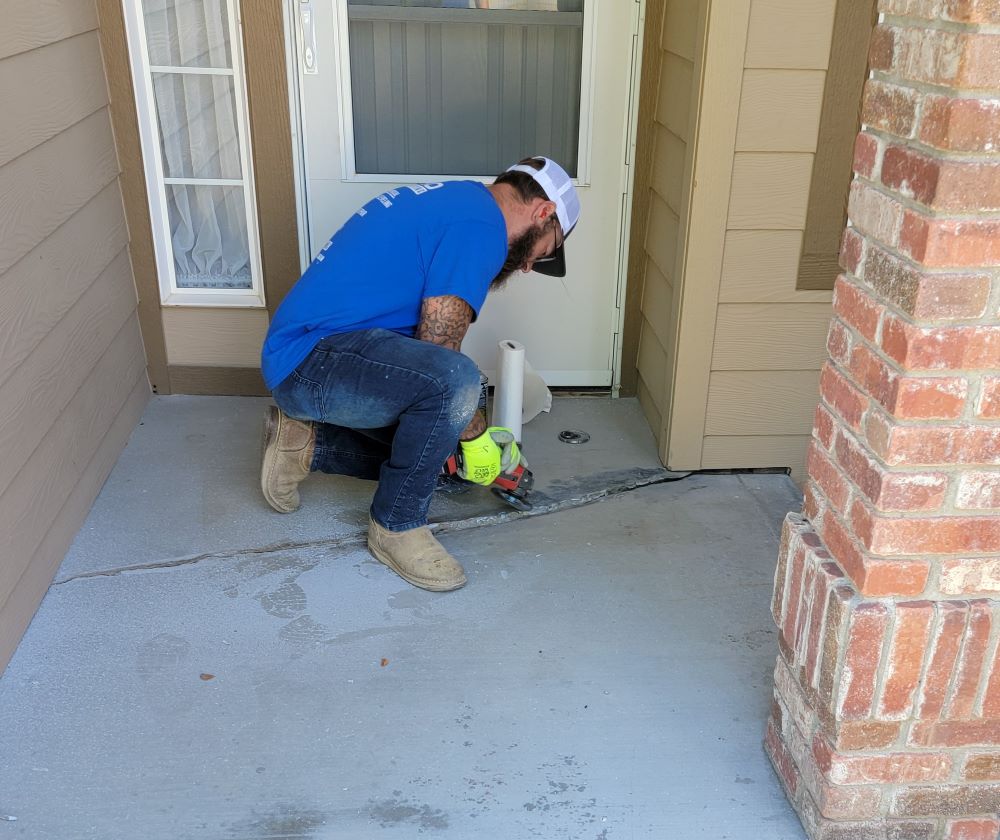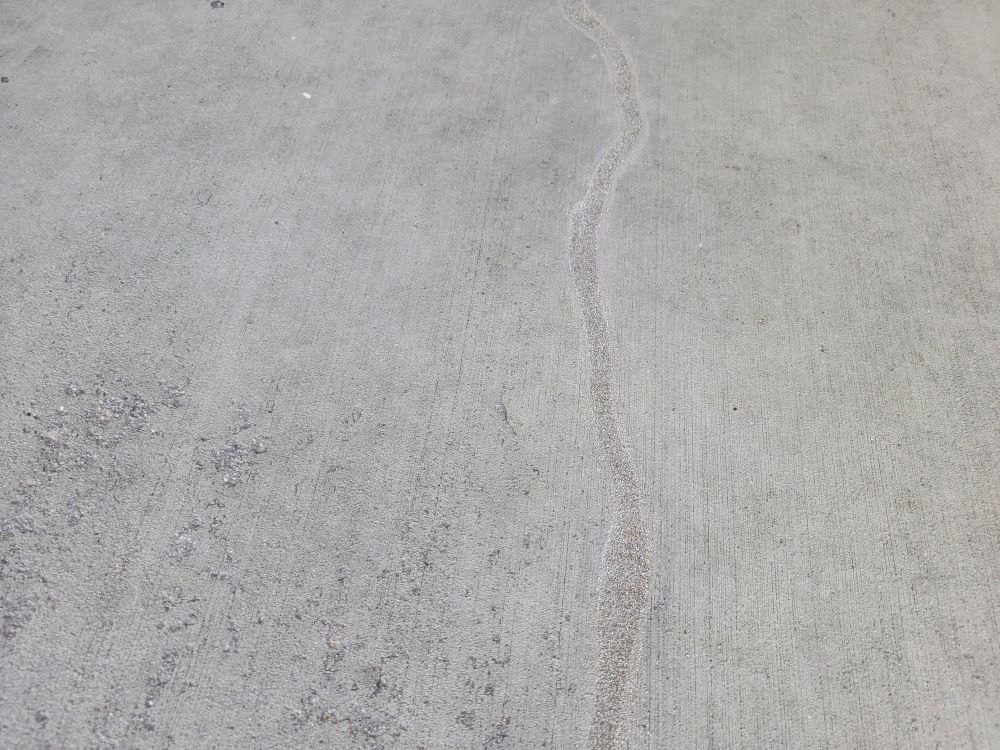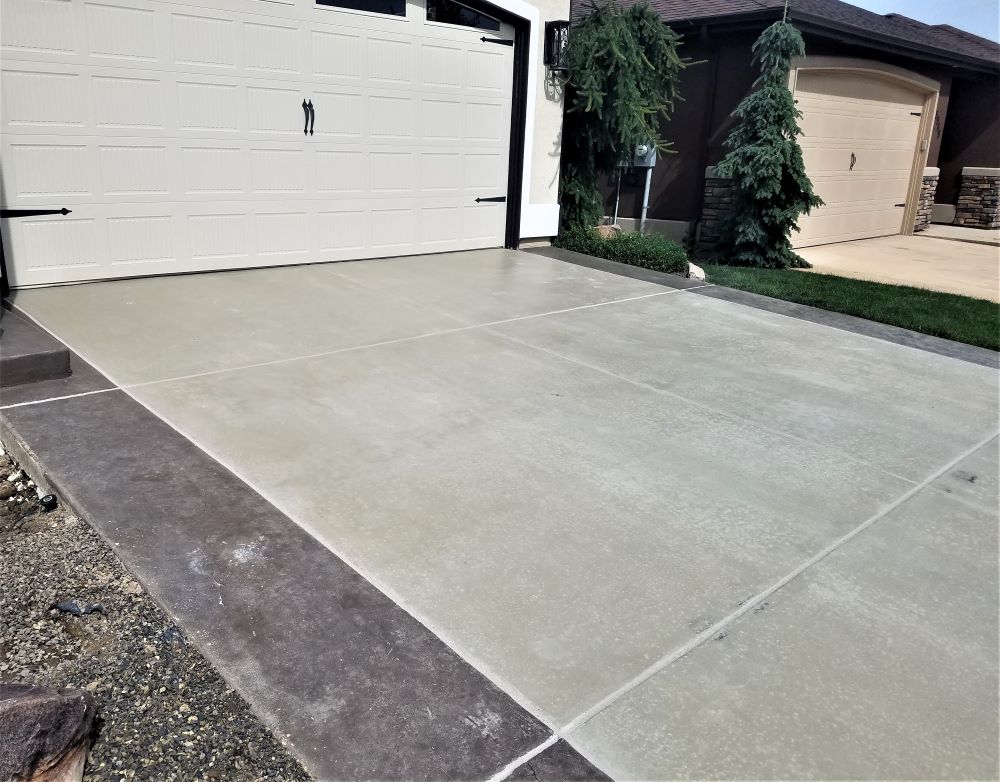Protect your concrete by sealing joints and cracks
To protect concrete slabs that haven’t settled and to maintain settled slabs that have been lifted and leveled, sealing joints and cracks is the best way to prevent your concrete from future settlement problems. Over time cracks develop in concrete because of the voids underneath your slab. Voids are created because of poor soils, compaction and water intrusion. Water intrudes through unsealed control and expansion joints. If the crack has a height difference the concrete will need to be lifted and leveled before repairing the crack. Idaho Concrete Lifting will level the concrete through our Poly Lift and Level Process. After leveling the crack, our highly skilled team will repair the crack and fill it with our specially formulated flexible caulking.
FAQs
- Why is it important to seal cracks and joints in concrete?
Sealing cracks and joints helps prevent water intrusion, soil erosion, and void formation beneath concrete slabs—all of which can lead to future settlement, damage, and costly repairs.
- What causes cracks and voids to form under concrete slabs?
Cracks and voids often result from poor soil compaction, water intrusion, and erosion beneath the slab. Unsealed joints allow water to penetrate, accelerating deterioration and instability.
- What type of caulking does Idaho Concrete Lifting use?
We use a commercial-grade, silicone-based caulk that is UV stable, 50% more flexible than polyurethane alternatives, and resistant to hardening or cracking. It’s designed to last up to 20 years.
- What is your crack repair process?
We begin by cleaning all cracks and joints. Caulking is applied, smoothed with multiple trowel passes, and finished with a layer of sand to match the concrete’s surface texture for a seamless look.
- Can sealing cracks prevent pests or weeds under the concrete?
Yes. Properly sealed joints and cracks deter ants, bugs, and weed growth by eliminating access points beneath the concrete slabs—helping preserve both the function and appearance of your surfaces.



